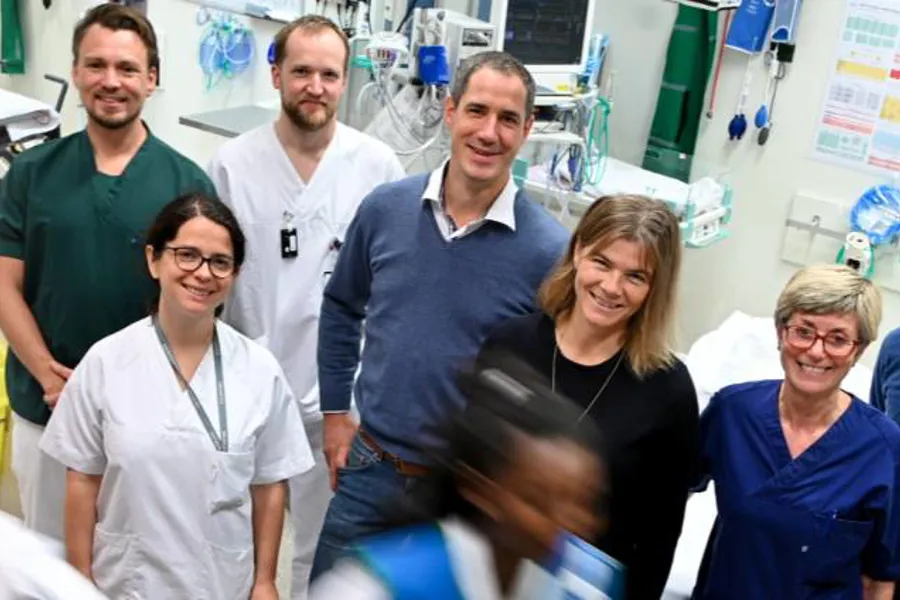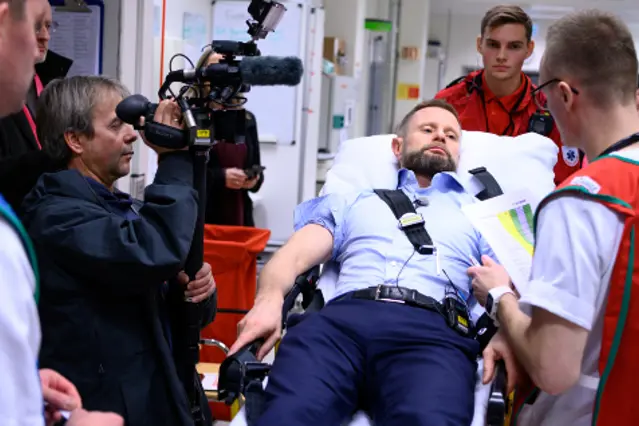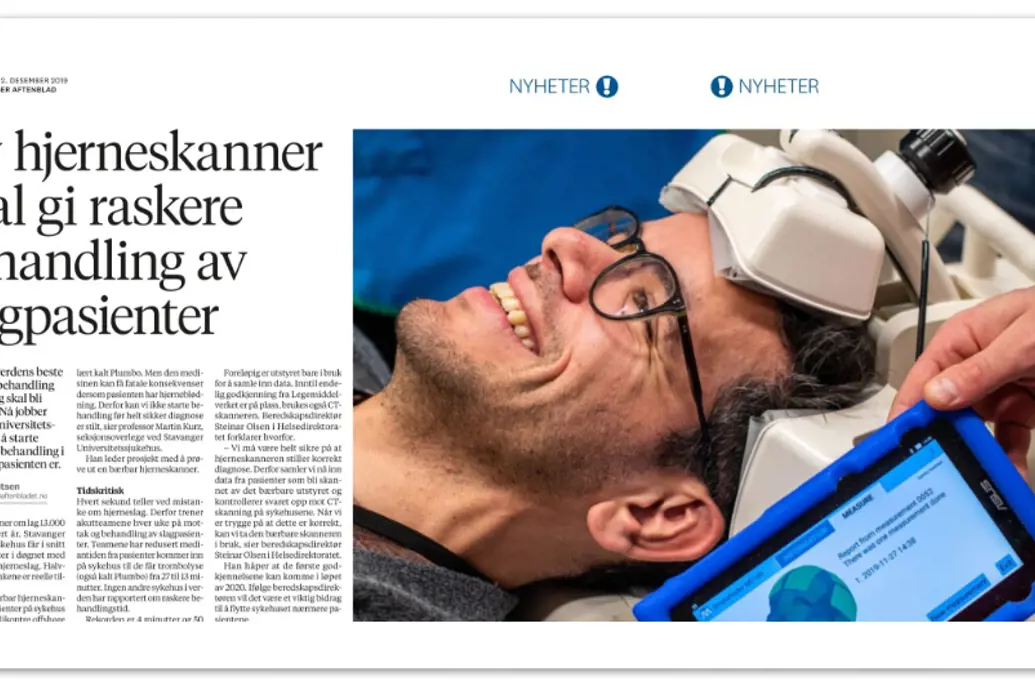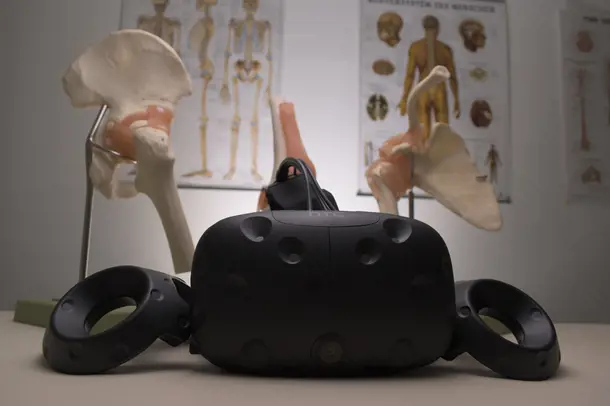-
Sykehuset har to hovedlokasjoner fra 16. novemberSøndag 16. november åpnet det nye sykehuset på Ullandhaug, og mange avdelinger har nå flyttet fra Våland til Ullandhaug. Husk å sjekke innkallingsbrevet for riktig oppmøtested.Finn fram til riktig sted
SIRENS Projects
The projects in the SIRENS portfolio is presented in the following. Please contact us if you're interested in more information.

SIRENS Projects:
SIRENS Stroke Projects:
Sist oppdatert 28.02.2025






